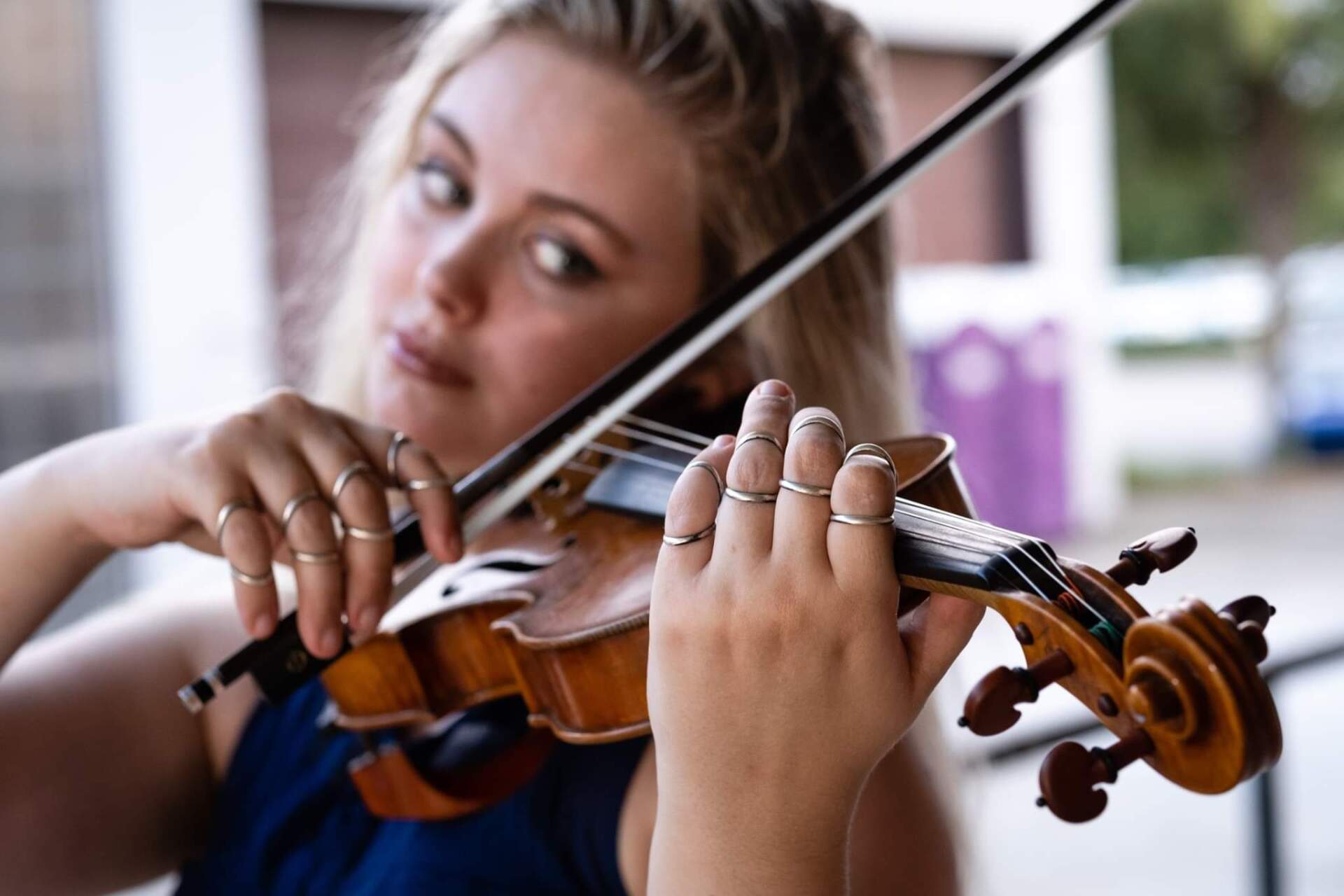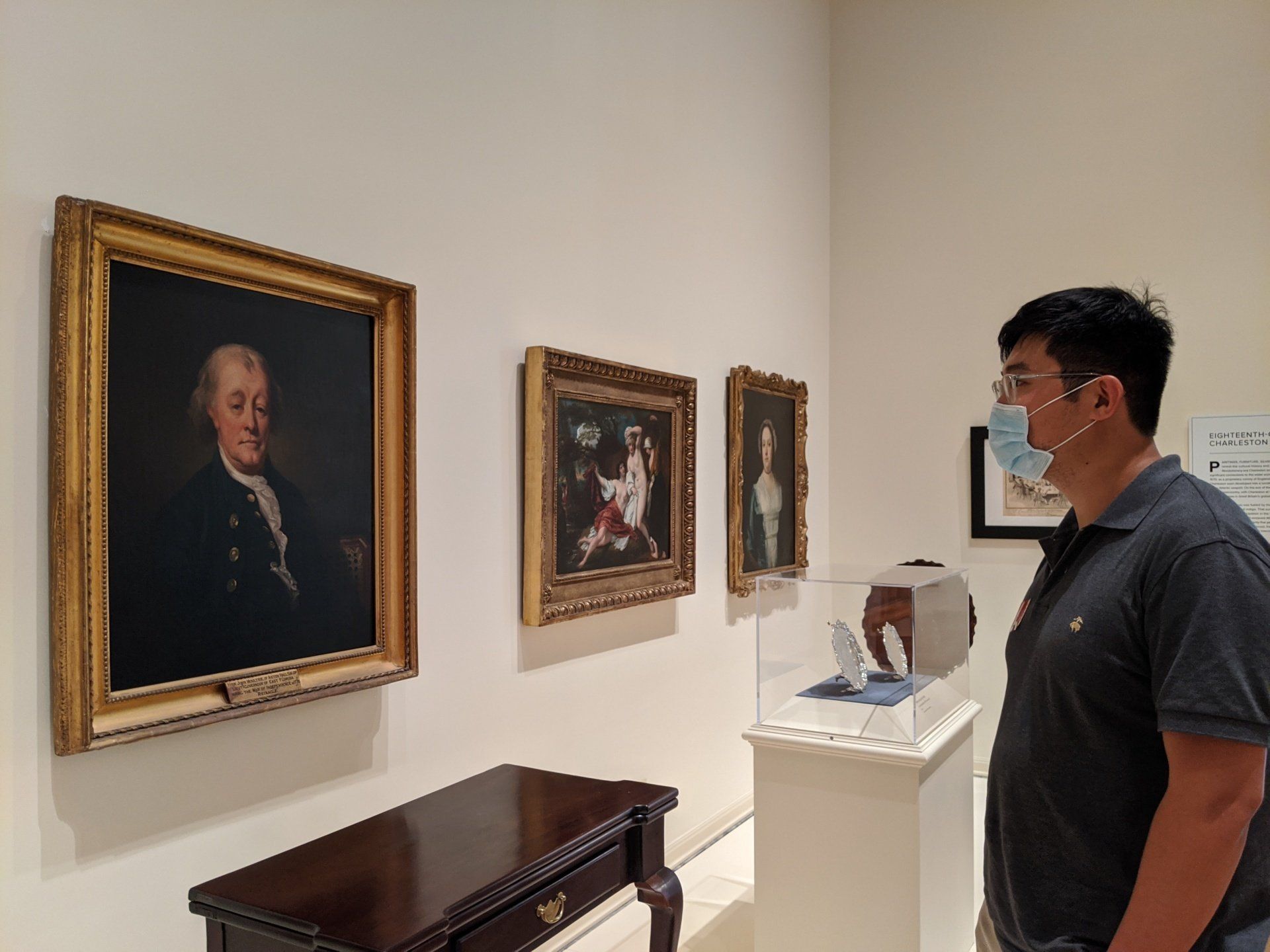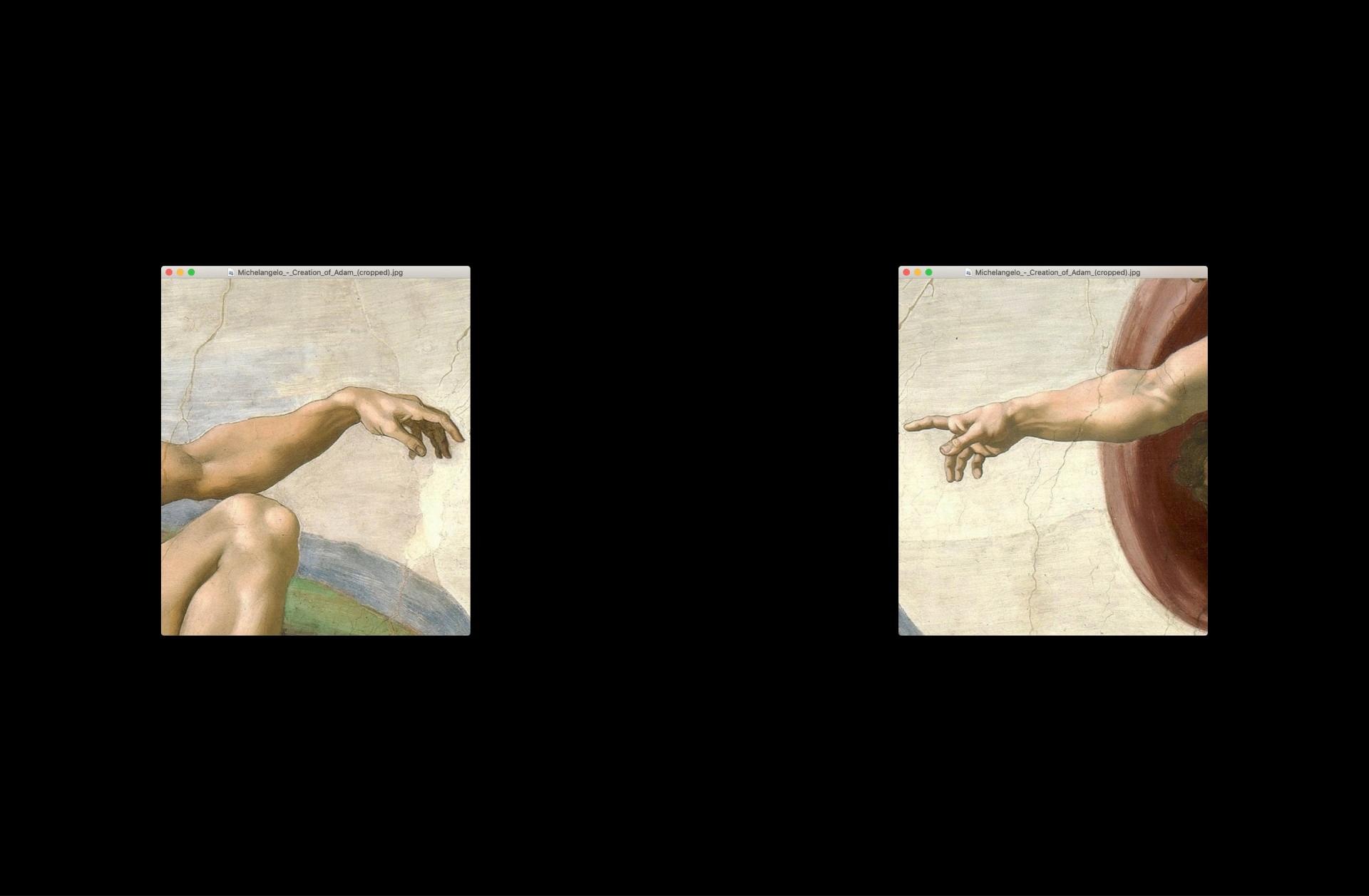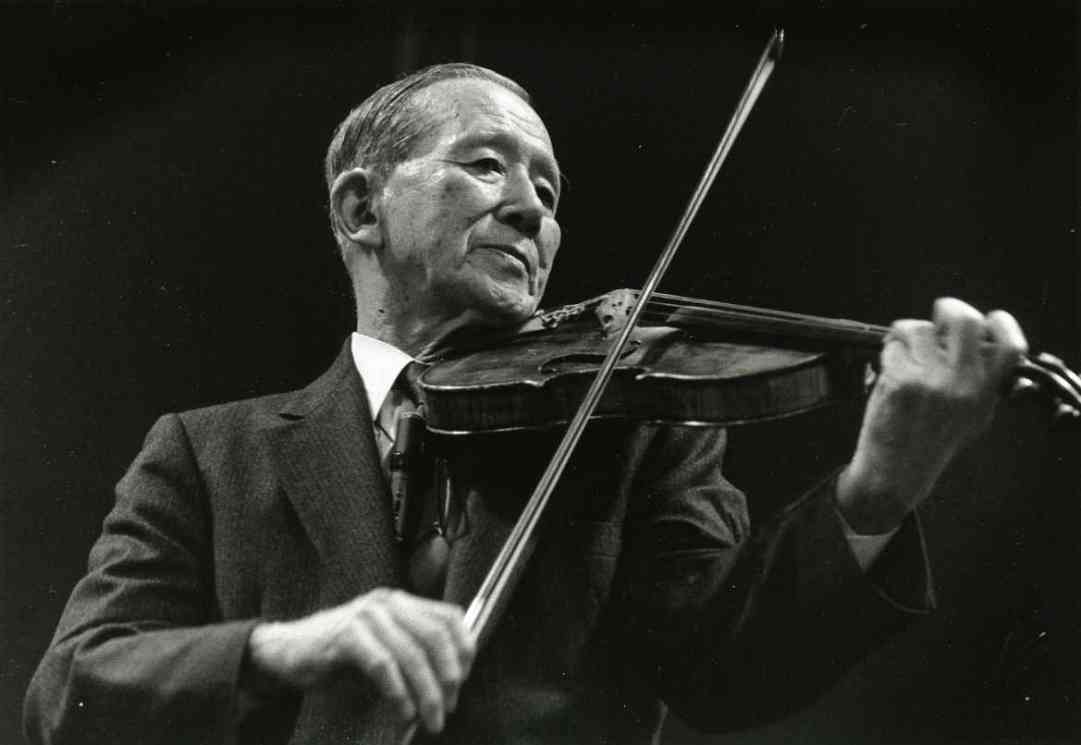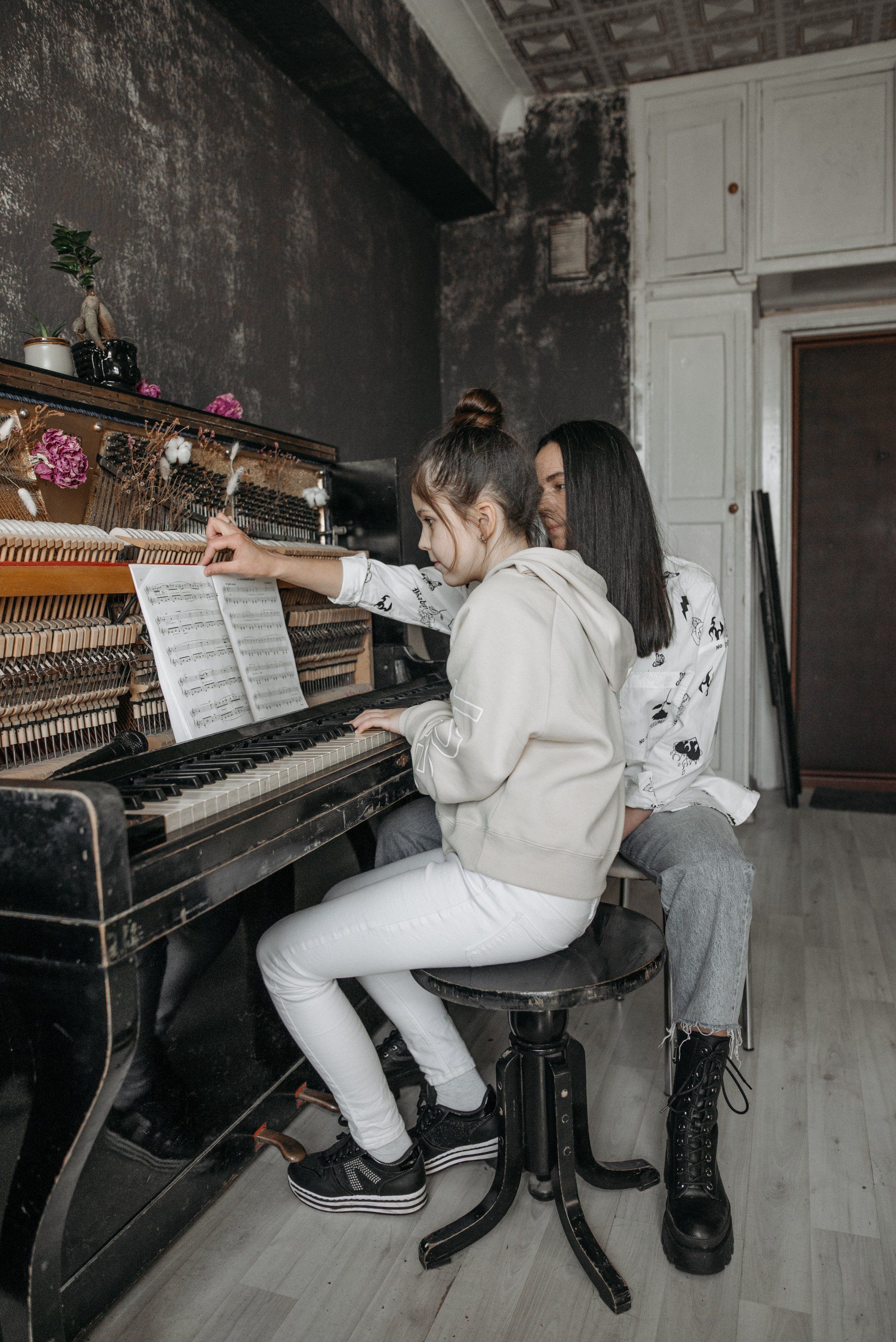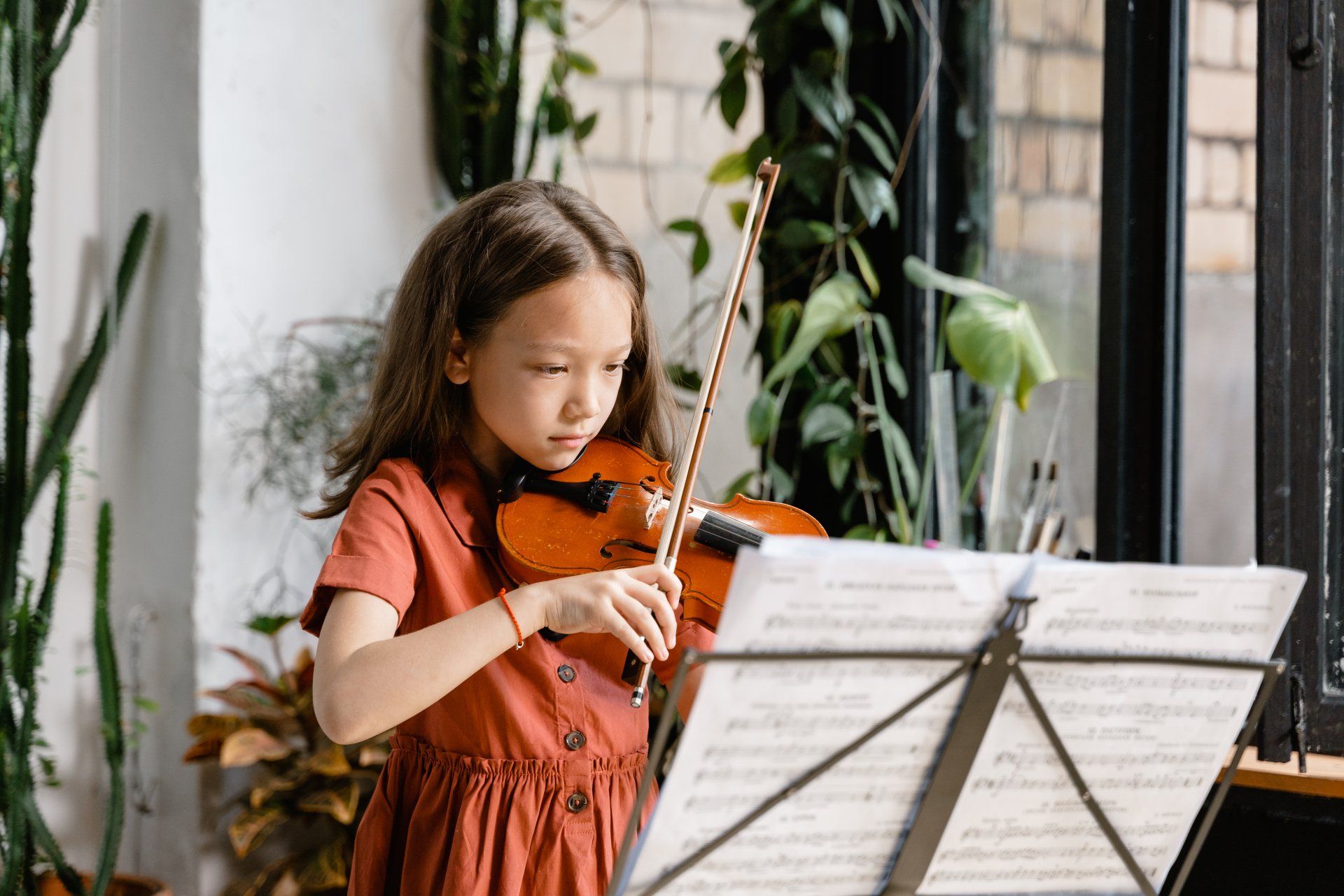An Introduction to the Suzuki Method
There have been thousands of methods of teaching throughout history, why should one settle on this one?
Ask yourself, when did you learn to speak your native tongue? When did your neighbor? Your best friend? That stranger you met last week on the train? The answer is generally the same- we learn to speak the language as children. No one gives us instruction on the words, the construction of sentences, the forming of thoughts, we just know. It's fairly obvious how we intuit such things, given every infant's propensity towards observation. Our parents, our siblings, and others surround us with language, and we absorb that which they say. It is the exposure to the language that opens our minds, and allows us to learn to speak, and take the first steps towards communicating effectively.
The Suzuki Method is built upon similar principles. Listening to music is an incredibly important facet of the method, as exposure to music creates that similar familiarity. This is referred to as the 'mother tongue' method.It is for this reason that the Suzuki method is unlike every other method of music instruction, as it is based on such simple principles as these, which are naturally built into human development.
__________________
There is a foundation in the method, often referred to as the Suzuki Triangle. At each vertex, we have a player in the game- the student, the teacher, and the parent. Each must participate equally to ensure success.
The student must pay attention in lessons, and follow the instruction of the teacher as closely as possible. They must practice often and efficiently, and find motivation for their music. It is their responsibility to take charge of their music, to make goals, and to find a direction for their career.
The teacher must provide instruction, which consists of several components. They must isolate and address problem areas, while at the same time identifying and enhancing the student's strengths. They must follow the method dutifully, while personalizing pedagogy for the individual student's needs.
Finally, the parent must record the lesson, and note which specific aspects of performance their child must practice. They must assist in and guide the student's practice according to the direction of the student, which sometimes requires the translation of the teacher's intentions to the individual language of the child.
The inclusion of the parent in the method is incredibly important, as a responsible parent gives the teacher an additional voice to communicate their instruction, while acting as an anchor for the student. Sometimes, the parent acts as a translator, rephrasing the teacher's intentions into words and actions their child can understand- this is especially prevalent with small children, at the beginning of their violin career. Really, the parent has the most difficult job, as they are the glue holding their child's musical escapades together, and the force pushing and pulling them along the path to greatness.
The child sees the parent in an interesting light- in most cases, the parent is just as clueless as the child. They are both in a new environment, and they are both learning. The child sees their parent as a fellow student, and at the same time, as a bonus teacher, one who will be there every step of the way, where the teacher in the traditional method cannot. This perception of the parent often establishes a specific and strong mutual respect- the child learns to understand the trials of the parent, and their efforts, while the parent must recognize their child's endeavors, their failures and successes, as they watch every single moment of their child's musical journey.
__________________
The Suzuki method is formatted in such a way that the student only learns one new concept at a time. Attending a lesson once a week should not bombard a student with a thousand ideas to attempt to remember over the course of the next seven days- instead, they should be allowed to focus on a specific idea. This does not mean that every lesson is an hour of dull, repetitive nonsense, rather, each lesson introduces a key technique or idea, and utilizes it in a variety of ways, applying it to their music every which way, to solidify their foundation.
Indeed, the Suzuki method's books follow this train of thought. Each piece of the repertoire introduces one new aspect of technique. In the beginning, this is as simple as bringing in 'skips' rather than 'steps', or playing on the D string for the first time. As the repertoire becomes more advanced, we get into such things as new keys, shifting to new positions, etc. In the later books, new styles of playing are brought into focus, each new piece introducing a key element of professional repertoire, ending with a full Mozart concerto, the first real foray into standard professional repertoire.
__________________
By no means is the Suzuki method objectively any better than any other- claiming such would be akin to the claim that red velvet is the best flavor of cake. Yes, many people might agree, but it relies on the baker to prove it through their skill. Similarly, the responsibility of teaching most effectively lies on the teacher.
The Suzuki Association of America requires that instructors receive training for the repertoire in each book. This training involves observation of and instruction from highly experienced teacher trainers, and discussion with similarly experienced fellow teacher trainees. Needless to say, a teacher must be fully immersed in the environment of a Suzuki institute, experiencing every aspect of it through the eyes of a teacher, a child, and even a parent, before they can claim to be a licensed Suzuki teacher. We return time and time again, to reinforce and expand our knowledge of the Suzuki method.
Suzuki himself learned just as much from his contemporaries as he did from his formal instructors. There is a reason why the Galamian and Suzuki methods both place so much emphasis on form and technique, rather than repertoire; the men were contemporaries, who admired each others' work, despite their vastly differing backgrounds and interpretations of aspects of violin instruction. That's a discussion for another time, though. Suzuki was constantly evolving, constantly changing his opinions, methods, and techniques, to better suit his students, up until the very end. The founder of the method recognized an ever present need for individual attention and change, a concept foreign to the majority of other methods, which have stagnated since their initial conception however many centuries ago.
I cannot claim that the Suzuki method is objectively or subjectively speaking the best of all methods of musical instruction. I can say with confidence that it is the only method which is founded on the principles of one's natural learning process, the dynamic between parent and child, and the knowledge that even the greatest teacher can still learn from their fellows. No other method requires
constant study throughout one's entire career.
